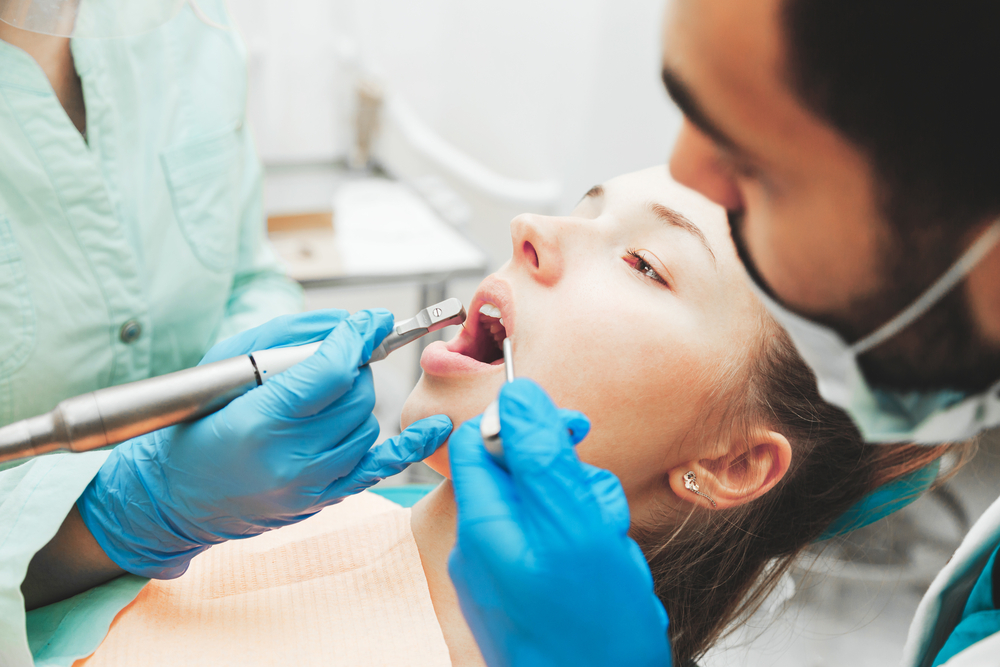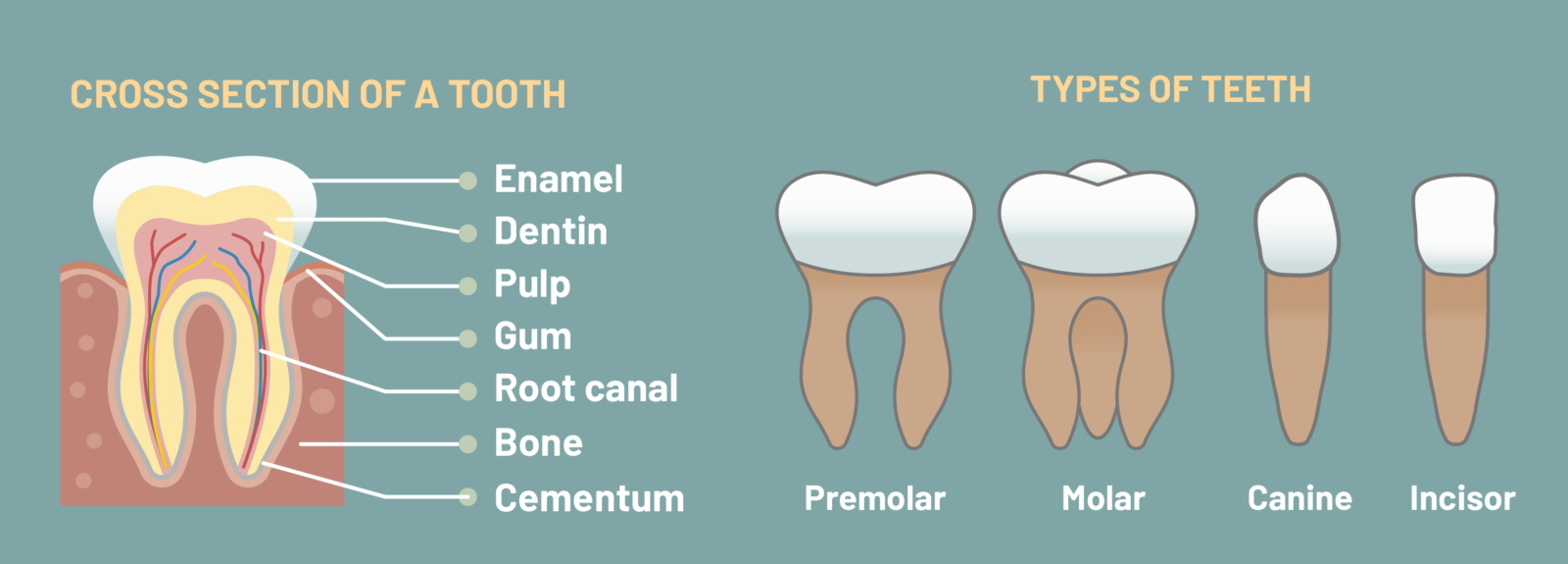Cavities are a common worldwide problem affecting adults, children, and even infants. A cavity can cause discomfort and toothache and, in the worst case, can lead to severe infection and even tooth loss. Anyone with teeth can develop a cavity without the right preventive dental care.
Do All Cavities Require Drilling?
The traditional treatment for a cavity is to drill and fill the affected tooth. However, nobody likes the sound, vibration and heat produced by the dental drill, usually because of its associations with the discomfort of an untreated cavity. These sensations can prevent some people from seeing a dentist unless absolutely necessary, but there is some good news. While a dental drill is still needed for some procedures, there are newer approaches to providing tooth decay treatment that can often avoid drilling, giving patients a more comfortable experience in the dental chair.
What is a Cavity?
A cavity is a hole or opening in tooth enamel, the hard outer coating that normally protects the tooth. The hole extends into the dentine underneath the enamel. Dentine is much softer than tooth enamel and is more easily damaged. A cavity is also called tooth decay or dental caries.
What Causes Cavities?
Cavities are caused by acid erosion. This often occurs because of a buildup of dental plaque, a clear sticky biofilm that builds over your tooth surfaces between regular brushing and flossing. Dental plaque contains bacteria; whenever you eat anything sugary or starchy, these bacteria feed on the leftovers, creating acid. The acid leaches essential minerals from tooth enamel like phosphorus and calcium, weakening and softening the enamel. The process is called demineralisation, and your mouth remains more acidic for at least half an hour after eating something sugary or starchy. Remineralisation occurs as your mouth becomes less acidic. During remineralisation, some of the minerals leached from your teeth are redeposited back into your tooth enamel as they remain in your saliva.
Eventually, continued exposure to these acids erodes the enamel, exposing the dentine underneath. Dentine is considerably softer than enamel and less resistant to acid. It also consists of many tightly packed tubules that lead directly to the tooth nerve. This is why when you have a cavity, it eventually causes tooth sensitivity and discomfort.
Most often, cavities are due to lax oral care. If you fail to brush and floss your teeth regularly, dental plaque builds up over your tooth surfaces and hardens into calculus or tartar within a couple of days. Calculus is a hard, crusty substance that can only be removed during your professional dental cleanings when you visit Tandara Dental Centre. All the time that calculus remains on your teeth, it makes it easier for plaque to build up, so the number of bacteria producing acid increases.
Other risk factors for cavities include:
The Position of Teeth
Cavities frequently occur in the chewing surfaces of back teeth. These teeth have intricate fissures and grooves designed to grind food efficiently that can easily trap food and plaque bacteria. They are harder to keep clean than smooth tooth surfaces.
Your Choice of Food and Drinks
Certain foods stick to teeth for longer, such as sticky foods like granola or dried fruit, as well as cake and biscuits. These sugary and starchy foods are more likely to cause decay than foods that are quick to dissolve and are more easily washed away by saliva. Frequently snacking on foods and drinks that are sugary or starchy also increases your risk of cavities because bacteria produce acid every time you eat these items, so your mouth is acidic for longer, increasing the risk of acid erosion.
Dry Mouth
Xerostomia or dry mouth is where someone cannot produce enough saliva. Saliva is a protective fluid that helps prevent tooth decay, washing away plaque and food. Xerostomia is often a side-effect of certain medications or medical conditions or is due to specific treatments, especially radiation therapy for head and neck cancers.
Other problems that can increase the risk of cavities include gastro-oesophageal reflux disease (GERD), where strong stomach acid flows into the mouth, wearing away tooth enamel. Eating disorders like bulimia and anorexia can lead to acid erosion and interfere with saliva production.
Can You Fix Cavities Without the Dentist?
Patients often want to know, “how can I fill a cavity at home naturally” and the truth is that you can’t do so effectively. You must see a dentist for the best advice and treatment. When you see us regularly for dental checkups, we carefully assess the condition of each tooth. We check for signs of soft spots or lesions in your tooth enamel that could indicate the beginnings of a cavity. The good news is that early signs of tooth decay often can be stopped and even reversed without using a dental drill.
Taking a No Drill Approach to Dentistry – How to Get Rid of Cavities
We now know tooth decay takes quite some time to advance to a stage where it creates a cavity that needs a filling. Provided you have regular dental checkups, there should be plenty of time to detect any changes to your tooth enamel and to treat them without drilling and filling the tooth. This approach to preventive dental care involves several distinct steps.
Fluoride Applications
As dentists, we have access to professional strength fluoride products far more concentrated than anything you can buy over-the-counter. Suppose we notice a soft spot or tiny lesion in a tooth. In that case, we can provide professional strength fluoride applications where fluoride is applied topically to your teeth and can be absorbed by your tooth enamel. Fluoride helps to harden teeth, making it easier for calcium and phosphorus to be redeposited into your tooth enamel.
The frequency of professional fluoride treatments will depend on your risk for cavities. Some people may benefit from treatments every six months, while others may need them more frequently. We may also suggest using toothpaste with a higher fluoride content or other products containing calcium and phosphate that can help protect your tooth enamel.
Silver Diamine Fluoride (SDF)
Silver diamine fluoride contains fluoride and silver. Silver acts as an antibacterial agent, killing bacteria present and preventing new bacteria from growing, while fluoride helps to strengthen tooth enamel. SDF is often used to treat cavities in young children or can help people with special needs or those who are medically compromised and less suitable for dental injections, drilling, and filling. After cleaning teeth, the SDF is applied to the cavity, where it quickly gets to work. The only downside of SDF treatment is that the cavity darkens, which can often be masked with a tooth-coloured composite filling or dental sealant.
Another option is to seal a small cavity or hole in a tooth. Sealing the tooth with a filling prevents further bacterial growth, so the cavity cannot worsen. When a child’s tooth is decayed, a dentist will sometimes cover the entire tooth with a crown, sealing and protecting it against further infection. The crown remains in place until the milk or baby tooth is ready to fall out to make room for the adult tooth.
Reviewing Your Oral Care Routine
Reviewing your oral care routine can be helpful, even if you already brush twice daily and floss daily. Adjusting your brushing or flossing technique or trying different tools could make all the difference in removing more plaque and food debris more effectively.
Adjusting Your Diet
Thinking about when you eat certain foods, especially anything sweet or starchy, can help tremendously. For example, when you want to eat these foods, have them as part of a main meal instead of as a snack.










